Now you have learned many techniques of developing mindfulness. In the previous chapters, you learned how to develop (1) mindfulness of breathing meditation, (2) mindfulness of actions meditations, (3) mindfulness of postures meditations, (4) meditation on the impurities of body, (5) meditation on the four great elements, (6 -14) meditation on the nine stages of the deterioration of a dead body. These fourteen methods are kāyānupassanā or mindfulness of the body within the four establishments of mindfulness. In the method for vedanānupassanā or mindfulness of feeling within the four establishments of mindfulness, you learned about the nine categories of feelings. In the method for cittānupassanā or mindfulness of the state of mind within the four establishments of mindfulness, you learned 16 states of mind you experienced when developing your mind. In the last chapter, you learned about the five hindrances under dhammānupassanā or mindfulness of the factors of insight within the four establishments of mindfulness.
The Buddha gives a vast realization of life to His disciples. It was the Buddha who showed the path to realize the Nibbāna. The Buddha introduced Himself as the arouser of the unarisen path (Asañjātassa maggassa sañjanetā ), the proclaimer of the unproclaimed path (Anakkhātassa maggassa akkhātā ), the One who perfectly realized the Path (Maggaññū), the One who perfectly knows that Path (Maggavidū ), and the skilled leader who shows the Path (Maggakovido ). All these names are used to introduce the Buddha. It was the Buddha who showed the path to develop the mind. Therefore, you should place confidence in the Buddha.
There is no one who could show us the path to Nibbāna other than the Buddha. He can show us how to develop this mind. This is in fact what is called ‘showing the path’. Our parents showed us a path to get a good education, and we followed that path and became educated. Likewise, the Buddha showed us the path to acquire pleasure in this life by freeing ourselves from suffering. If we follow that path, we will be free from suffering by realizing this truth.
Now, you will learn the meditation on the five aggregates of clinging within the establishment of mind insight factors. In the very first sermon the Buddha gave, the Dhammacakkappavattana sutta or the discourse on the turning of the wheel of the Dhamma, he disclosed the noble truth of suffering as follows: Birth is suffering; Aging is suffering; Sickness is suffering; Death is suffering; Separation from loved ones and desirable things is suffering; Association with undesirable people and things is suffering; and not to gain what one desires is suffering. In brief, the five aggregates of clinging are suffering. Understanding the five aggregates of clinging is understanding the suffering. The Buddha said, the noble disciple understands this is form, this is how the form arises, and this is how the form ceases; this is feeling, this is how feeling arises, and this is how feeling ceases; this is perception, this is how perception arises, and this is how perception ceases; this is volitional formations, this how volitional formations arise, and this how volitional formation cease; and this is consciousness, this is how consciousness arises, and this is how consciousness ceases.
This meditation involves contemplating on the five aggregates of clinging as follows: what are the five aggregates of clinging, how do the five aggregates of clinging come into existence repeatedly, and how are the five aggregates of clinging fully ceased. It is important to know comprehensively about the five aggregates of clinging. The Buddha teaches that the aggregates are form or rupa, feeling or vedana, perception or sañña, volitional formations or saṁkhāra, and consciousness or viññāna. These five aggregates of clinging define a living being. The definition of a being is one who clings to these five aggregates. Should the beings free themselves from clinging to these aggregates through wisdom, they become enlightened and they do not have these five aggregates of clinging. They only have five aggregates without clinging. They are liberated ones.
When there is desire and clinging towards the five aggregates, these aggregates are called clinging aggregates. However, when desire and clinging are released from the aggregates, they are called just aggregates.
As meditators, you first recognize the clinging aggregate of form or rūpa. “Ruppatīti rūpaṁ,” the term form is used to things that are subject to destruction. What is this form? Form is things made up of the four great elements earth, water, fire, and air. These forms deteriorate due to cold, heat, hunger, thirst, accidents and disasters, and sickness. According to this, rūpa is another name for this body that is made of the four great elements.
There is a discourse named Mahāpunnamā sutta. On one full-moon day, while the Buddha was sitting outside in meditational posture in Pubbārāma Temple with lots of arahants, a certain monk asked the Buddha, “Bhante, may I ask you a question?” The Buddha said, “Monk, be seated and ask your question. I will answer it.”
Then, that monk asked, “Bhante, what is the meaning of aggregate? Then, the Buddha answered, “Monk, any form, past, future, or present, whether internal or external, whether gross or subtle, whether inferior or superior, and whether far or near, this is called the aggregate of form.” Therefore, the word ‘aggregates’ does not mean a heap or pile of things. The word ‘aggregates’ means the existence of something within time and space. This is the extent of form. Past, present, and future are the time dimension. Internal, external, gross, subtle, inferior, superior, far, and near are the space dimensions. Therefore, this is called the form aggregate.
The same definition applies to the aggregate of feeling. Any feeling past, present, or future,, whether internal or external, whether gross or subtle, whether inferior or superior, and whether far or near is called the aggregate of feeling.
Similarly, the same definition applies to the aggregate of perception. Any perception past, presen,t or future, whether internal or external, whether gross or subtle, whether inferior or superior, and whether far or near is called the aggregate of perception.
The same definition applies to the aggregate of volitional formations. Any mental fabrication past, present, or future, whether internal or external, whether gross or subtle, whether inferior or superior, and whether far or near is called the aggregate of volitional formation.
The same definition applies to the aggregate of consciousness. Any consciousness past, present, or future, whether internal or external, whether gross or subtle, whether inferior or superior, and whether far or near is called the aggregate of consciousness.
These aggregates exist within time and space. The four great elements are the conditions, which designate the aggregate of form. Phassa or contact is the condition that designates the aggregate of feeling. Phassa or contact is the condition that designates the aggregate of perception. Phassa or contact is the condition that designates the aggregate of volitional formation. Nāma-rūpa or mentality and materiality is the condition that designates the aggregate of consciousness. Understanding the five aggregates of clinging through your own life and contemplating it is the meditation on the five aggregates of clinging within the four establishments of mindfulness.
You are listening to something that a human being gets to listen to very rarely. You might have read many newspapers in your life. You may have watched a lot of television programs. But to get something that helps one realize life is seldom. In fact, we do not get such a rare chance most of the time. Also, you get to learn the pure Dhamma of the Buddha without the addition of any personal opinions. That is why you are fortunate. In the last section, you learnt the meditation of five aggregates of clinging within the four establishments of mindfulness. This is the dhammānupassanā meditation. In this section, we will further elaborate on our understanding of the meditation of five aggregates of clinging within the four establishments of mindfulness.
Rupa or form is composed of the four great elements. “Khandha” or aggregate is that which exists in the time and space continuum. Vedanā or feeling also exists within the time and space continuum. Saññā or the perception is the same. Volitional formations are the same and consciousness is also the same. All of these comprise of suffering, which must be realized.
Vedanā upādhānakkhandha or the aggregate of feeling arises when there is contact or phassa associated with the six sense bases. The sense bases are eye, ear, nose, tongue, body, and mind. Feeling arises when there is contact or phassa. Where there is contact, there we find feeling. When that contact ceases feeling ceases.
Sañña or perception arises where there is contact or phassa. Where there is contact, you will find sañña. When that contact ceases the sañña ceases. What do you perceive? With your eyes, you perceive sight. Through your ears, you perceive sound. Through your nose, you perceive smell. Through your tongue, you perceive taste. Through your body, you perceive tactile sensations. Through your mind, you perceive mental objects. How do you perceive these?
- There is an object ; it comes to the eye and the eye consciousness arises. The union of these three is eye contact. When this eye contact arises, perception of form arises.
- There is a sound; it comes to the ear, and the ear consciousness arises. The union of these three is ear contact. When this ear contact arises, perception of sound arises.
- There is an odour, it comes to the nose, and the nose consciousness arises. The union of these three is nose contact. When this nose contact arises, perception of smell arises.
- There is a taste; it comes to the tongue and the tongue consciousness arises. The union of these three is tongue contact. When this tongue contact arises, perception of taste arises.
- There is a tactile sensation; it comes to the body and the body consciousness arises. The union of these three is body contact. When this body contact arises, perception of tangibles arises.
- There is a mind object; it comes to the mind and the mind consciousness arises. The union of these three is mind contact. When this mind contact arises, perception of thought arises.
Thus, when these six kinds of phassa or contact arise, the six kinds of perception also arise.
Now, we look at volitional formations. These are thoughts or volitions. Thoughts or volition arise when we see objects. We react with the mind, with word or deed. Thoughts or volitions arise when we hear sounds. Then, we react with mind, word or deed. Thoughts or volitions arise when we smell odours. Then, we react with mind, word, or deed. Thoughts or volition arise when we taste. Then, we react with mind, word, or deed. Thoughts or volitions arise when we feel a tactile sensation. Then, we react with mind, word, or deed. Thoughts or volitions arise when mind objects arise. Then, we react with mind, word, or deed. What then is thought or volition? It is “karma” or that which forms a result. Then, every time we see an object with the eye, form a volitional formation, react with mind, word, or deed, karma is generated, which will culminate in a result. This is thought or volition or “cetanā” and is also known as volitional formations. Thus, volitional formations too are formed by phassa or contact. If the eye, eye consciousness and forms do not align, eye contact will not happen. If eye contact does not occur, neither will volitional formation.
What then is consciousness? Consciousness arises, dependant on mentality and materiality. If we are asked where consciousness arises, here is the answer: consciousness arises in the six sense bases. The Buddha taught that dependent on eye and form, eye consciousness arises. The reason for that is because consciousness arises dependent on mentality and materiality. Mentality is feeling, perception, volitional formations, contact, and attentiveness. Materiality is that, which is made of four great elements and the four great elements themselves. The eye is made of feeling, perception, volitional formations, contact, attentiveness, and the four great elements. Similarly, the other five sense bases, ear, nose, tongue, body and mind are also made of feeling, perception, volitional formations, contact, attentiveness, and the four great elements. Consciousness too is made of mentality and materiality.
The Buddha taught that this consciousness is not solitary. (Ahamaññatra rūpāya, aññatra vēdanāya, aññatra saññāya, aññatra saṁkhārehi viññānassa āgatiṁ vā gatiṁ vā cutiṁ vā upapattiṁ vā paññāpessāmīti, nētaṁ ṭhānaṁ vijjhati) “Monks, though someone might say: ‘apart from form, apart from feeling, apart from perception, apart from volitional formations, I will make known the coming and going of consciousness, it’s passing away and rebirth, it’s growth, increase, and expansion, that is impossible.”
Now, it’s very clear that the consciousness, while standing, might stand engaged with form, engaged with feeling, engaged with perception, and engaged with volitional formations. The disciple of the Buddha is very clear on this because he has placed confidence on the knowledge of the Buddha. Based on this confidence, he starts to contemplate on the five aggregates of clinging. You need to contemplate on how these five aggregates of clinging arise. This happens according to the phenomenon of cause and effect. The form, which arises from the four great elements, becomes the clinging aggregate of form. The feeling, which arises from contact, becomes the clinging aggregate of feeling. The perception, which arises from contact, becomes the clinging aggregate of perception. The volitional formations that arise from contact become the clinging aggregate of volitional formations. The consciousness that arises from mentality and materiality becomes the clinging aggregate of consciousness.
Now it is obvious that all this happen through the phenomenon of dependant co-arising of “paticcasamuppādo”. So, we understand that as long as this phenomenon of dependant co-arising is formed within one’s life, the five aggregates of clinging exist. Therefore, the five aggregates of clinging are impermanent. Thus, form, feeling, perception, volitional formations and consciousness are all impermanent.
As a simple example, let us take the traditional twelve-month oil lamp found in some places of worship, which burns all year around. In January, when you look at it, it is a light. When you look at it in mid-year it is still a light. In December, when you look at it, it is still burning. It may give the impression that the flame is a permanent thing. However, it is fuelled by impermanent oil, fed through impermanent wicks, and burns with an impermanent flame. If someone thinks, “I saw this flame in January, I saw this flame in July, and I still can see it in December, it is a permanent thing”; they are deluded. If the oil and wicks are not replenished in timely intervals, the flame would be extinguished. Similarly, this consciousness, which co-exists with five aggregates of clinging setting in motion the process for continuous existence, is not something permanent. Due to the continuous formation of dependent co-arising, the five aggregates of clinging continuously came into existence. Once the dependent co-arising is ceased, the continued existence of the five aggregates of clinging is stopped. In other words, the moment ignorance is totally eradicated, when the Four Noble Truths are fully realized, the dependant co-arising is completely eradicated.
Thus, we see the Buddha’s followers are serious practitioners of dhammānupassanā or the contemplation of the nature of things. They see how the five aggregates of clinging arise through the phenomenon of dependant co-arising. They see how the five aggregates of clinging cease too. This cessation happens when the disciple fully comprehends the workings of the five aggregates of clinging and eradicates clinging.
If one has understood forms made of the four great elements as froth, feeling that arise from contact as a water bubble, perceptions born of contact as a mirage, “puññābhi saṁkhāra, apuññābhi saṁkhāra, āneñjābhi saṁkhāra,” volitional formations born of contact as peeling layers of a banana tree trunk when one wants heartwood, and consciousness born of mentality and materiality as illusionary as a magician’s trick then the five aggregates of clinging are left alone without the notion of me, mine, and myself. Because one leaves the aggregates alone, there is no clinging. Because there is no clinging, passion is eliminated. When passion is eliminated, arranging of kamma to be ripened is ceased. That means that rebirth is stopped. Dependant co-arising is destroyed, and the disciple becomes liberated.
This is how the Buddha described the contemplation of the five aggregates of clinging. The disciple of the Buddha finds a solitary spot and while he contemplates this profoundly, he realizes that the formation of the five aggregates of clinging is non-self or beyond his control. Forms comprising the four great elements will change when the four great elements change. Feeling arising from contact will change when contact changes. Perceptions arising from contact will change when contact changes. Volitional formations arising from contact will change when contact changes. Consciousness arising from mentality and materiality will change when mentality and materiality changes. Thus, these results that arise due to causes change or cease when the causes are changed.
Through this realization, he understands non-self nature as well. Understanding this non-self nature, he doesn’t consider the five aggregates of clinging as “I am, mine, and myself.” He becomes liberated from them. It is remarkable how much freedom one can experience by establishing one’s mind on the four establishments of mindfulness.
Contemplation on the five aggregates of clinging meditation
Form aggregate:
Forms that were in the past, formed from the four elements and have changed: they are impermanent, impermanent, impermanent. They are not me, not mine, not myself.
Forms that are in the present, formed from the four elements and are changing: they are impermanent, impermanent, impermanent. They are not me, not mine, not myself.
Forms that will be in the future will be formed from the four elements and will change: they are impermanent, impermanent, impermanent. They are not me, not mine, not myself.
Internal forms formed from the four elements and are subject to change: they are impermanent, impermanent, impermanent. They are not me, not mine, not myself.
External forms formed from the four elements and are subject to change: they are impermanent, impermanent, impermanent. They are not me, not mine, not myself.
Gross forms formed from the four elements and are subject to change: they are impermanent, impermanent, impermanent. They are not me, not mine, not myself.
Subtle forms formed from the four elements and are subject to change: they are impermanent, impermanent, impermanent. They are not me, not mine, not myself.
Inferior forms formed from the four elements and are subject to change: they are impermanent, impermanent, impermanent. They are not me, not mine, not myself.
Superior forms formed from the four elements and are subject to change: they are impermanent, impermanent, impermanent. They are not me, not mine, not myself.
Forms that are far away, formed from the four elements and are subject to change: they are impermanent, impermanent, impermanent. They are not me, not mine, not myself.
Forms that are nearby, formed from the four elements and are subject to change: they are impermanent, impermanent, impermanent. They are not me, not mine, not myself.
Feeling aggregate
Feelings that were in the past that arose from contact and have changed: they are impermanent, impermanent, impermanent. They are not me, not mine, not myself.
Feelings that are in the present that arise from contact and are changing: they are impermanent, impermanent, impermanent. They are not me, not mine, not myself.
Feelings that will be in the future that will arise from contact and will change: they are impermanent, impermanent, impermanent. They are not me, not mine, not myself.
Internal feeling that arise from contact and are subject to change: they are impermanent, impermanent, impermanent. They are not me, not mine, not myself.
External feelings that arise from contact and are subject to change: they are impermanent, impermanent, impermanent. They are not me, not mine, not myself.
Gross feelings that arise from contact and are subject to change: they are impermanent, impermanent, impermanent. They are not me, not mine, not myself.
Subtle feelings that arise from contact and are subject to change: they are impermanent, impermanent, impermanent. They are not me, not mine, not myself.
Inferior feelings that arise from contact and are subject to change: they are impermanent, impermanent, impermanent. They are not me, not mine, not myself.
Superior feelings that arise from contact and are subject to change: they are impermanent, impermanent, impermanent. They are not me, not mine, not myself.
Feelings that are far away that arise from contact and are subject to change: they are impermanent, impermanent, impermanent. They are not me, not mine, not myself.
Feelings that are nearby that arise from contact and are subject to change: they are impermanent, impermanent, impermanent. They are not me, not mine, not myself.
Perception aggregate
Perceptions that were in the past that arose from contact and have changed: they are impermanent, impermanent, impermanent. They are not me, not mine, not myself.
Perceptions that are in the present that arise from contact and are changing: they are impermanent, impermanent, impermanent. They are not me, not mine, not myself.
Perceptions that will be in the future that will arise from contact and will change: they are impermanent, impermanent, impermanent. They are not me, not mine, not myself.
Internal perceptions that arise from contact and are subject to change: they are impermanent, impermanent, impermanent. They are not me, not mine, not myself.
External perceptions that arise from contact and are subject to change: they are impermanent, impermanent, impermanent. They are not me, not mine, not myself.
Gross perceptions that arise from contact and are subject to change: they are impermanent, impermanent, impermanent. They are not me, not mine, not myself.
Subtle perceptions that arise from contact and are subject to change: they are impermanent, impermanent, impermanent. They are not me, not mine, not myself.
Inferior perceptions that arise from contact and are subject to change: they are impermanent, impermanent, impermanent. They are not me, not mine, not myself.
Superior perceptions that arise from contact and are subject to change: they are impermanent, impermanent, impermanent. They are not me, not mine, not myself.
Perceptions that are far away that arise from contact and are subject to change: they are impermanent, impermanent, impermanent. They are not me, not mine, not myself.
Perceptions that are nearby that arise from contact and are subject to change: they are impermanent, impermanent, impermanent. They are not me, not mine, not myself.
Volitional formations aggregate
Volitional formations that were in the past that arose from contact and have changed: they are impermanent, impermanent, impermanent. They are not me, not mine, not myself.
Volitional formations that are in the present that arise from contact and are changing: they are impermanent, impermanent, impermanent. They are not me, not mine, not myself.
Volitional formations that will be in the future that will arise from contact and will change: they are impermanent, impermanent, impermanent. They are not me, not mine, not myself.
Internal perceptions that arise from contact and are subject to change: they are impermanent, impermanent, impermanent. They are not me, not mine, not myself.
External volitional formations that arise from contact and are subject to change: they are impermanent, impermanent, impermanent. They are not me, not mine, not myself.
Gross volitional formations that arise from contact and are subject to change: they are impermanent, impermanent, impermanent. They are not me, not mine, not myself.
Subtle volitional formations that arise from contact and are subject to change: they are impermanent, impermanent, impermanent. They are not me, not mine, not myself.
Inferior volitional formations that arise from contact and are subject to change: they are impermanent, impermanent, impermanent. They are not me, not mine, not myself.
Superior volitional formations that arise from contact and are subject to change: they are impermanent, impermanent, impermanent. They are not me, not mine, not myself.
Volitional formations that are far away that arise from contact and are subject to change: they are impermanent, impermanent, impermanent. They are not me, not mine, not myself.
Volitional formations that are nearby that arise from contact and are subject to change: they are impermanent, impermanent, impermanent. They are not me, not mine, not myself.
Consciousness aggregate
Consciousness that was in the past that arose from mentality and materiality and have changed: they are impermanent, impermanent, impermanent. They are not me, not mine, not myself.
Consciousness that is in the present that arise from mentality and materiality and are changing: they are impermanent, impermanent, impermanent. They are not me, not mine, not myself.
Consciousness that will be in the future that will arise from contact and will change: they are impermanent, impermanent, impermanent. They are not me, not mine, not myself.
Internal consciousness that arises from mentality and materiality and are subject to change: they are impermanent, impermanent, impermanent. They are not me, not mine, not myself.
External consciousness that arises from mentality and materiality and are subject to change: they are impermanent, impermanent, impermanent. They are not me, not mine, not myself.
Gross consciousness that arises from mentality and materiality and are subject to change: they are impermanent, impermanent, impermanent. They are not me, not mine, not myself.
Subtle consciousness that arises from mentality and materiality and are subject to change: they are impermanent, impermanent, impermanent. They are not me, not mine, not myself.
Inferior consciousness that arises from mentality and materiality and are subject to change: they are impermanent, impermanent, impermanent. They are not me, not mine, not myself.
Superior consciousness that arises from mentality and materiality and are subject to change: they are impermanent, impermanent, impermanent. They are not me, not mine, not myself.
Consciousness that is far away that arises from mentality and materiality and are subject to change: they are impermanent, impermanent, impermanent. They are not me, not mine, not myself.
Consciousness that is nearby that arises from mentality and materiality and are subject to change: they are impermanent, impermanent, impermanent. They are not me, not mine, not myself.

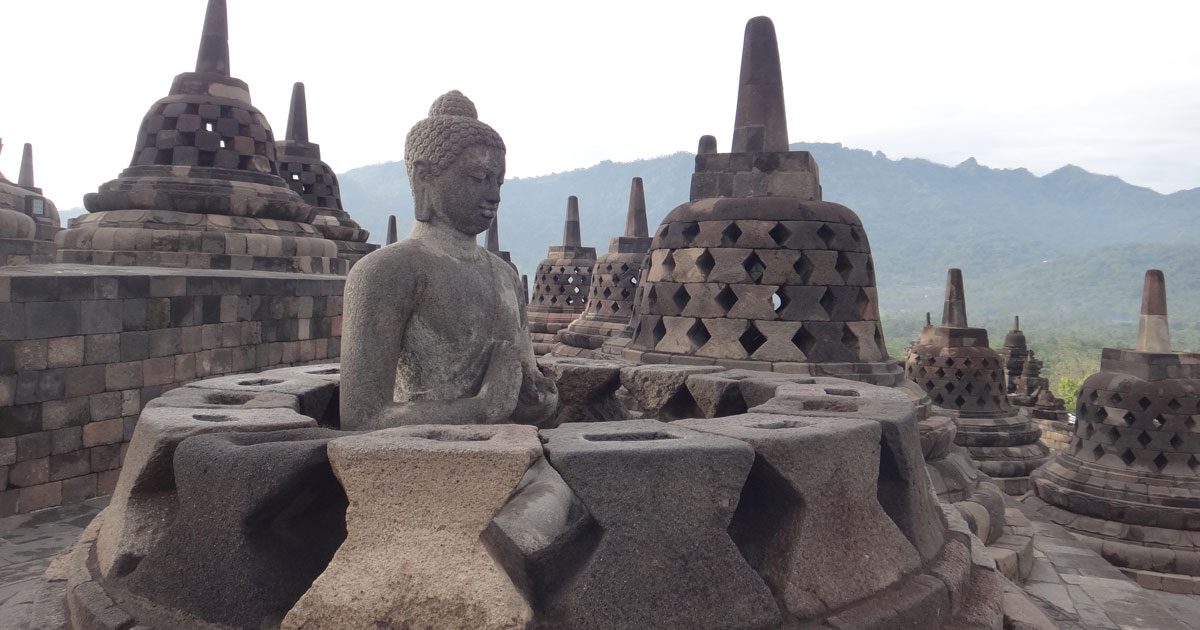
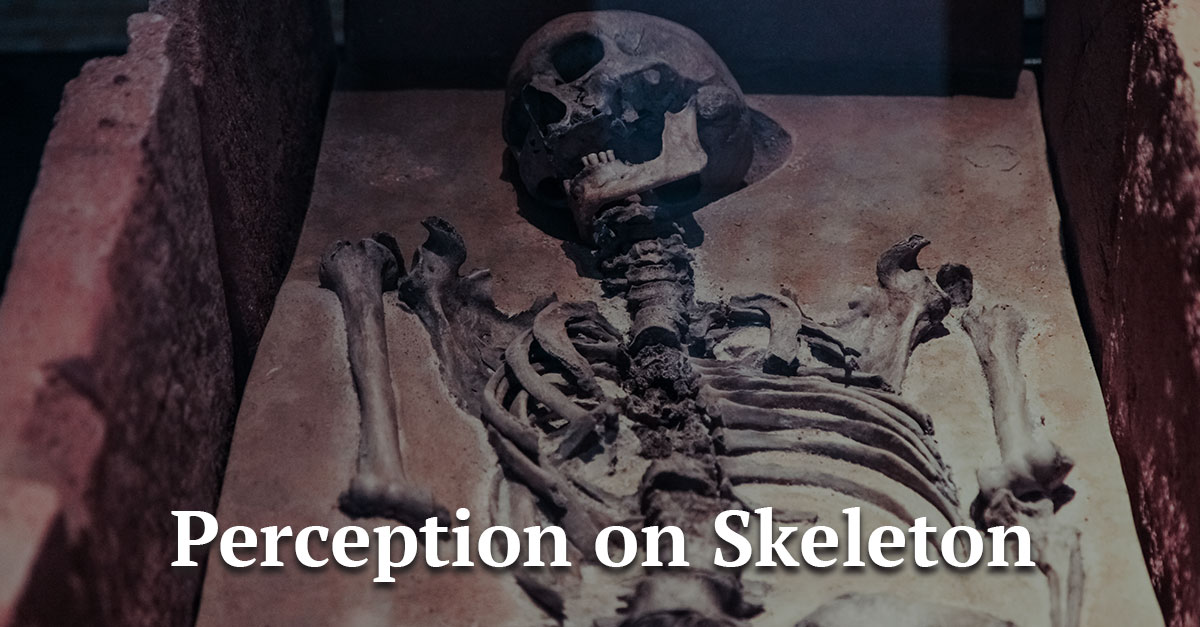
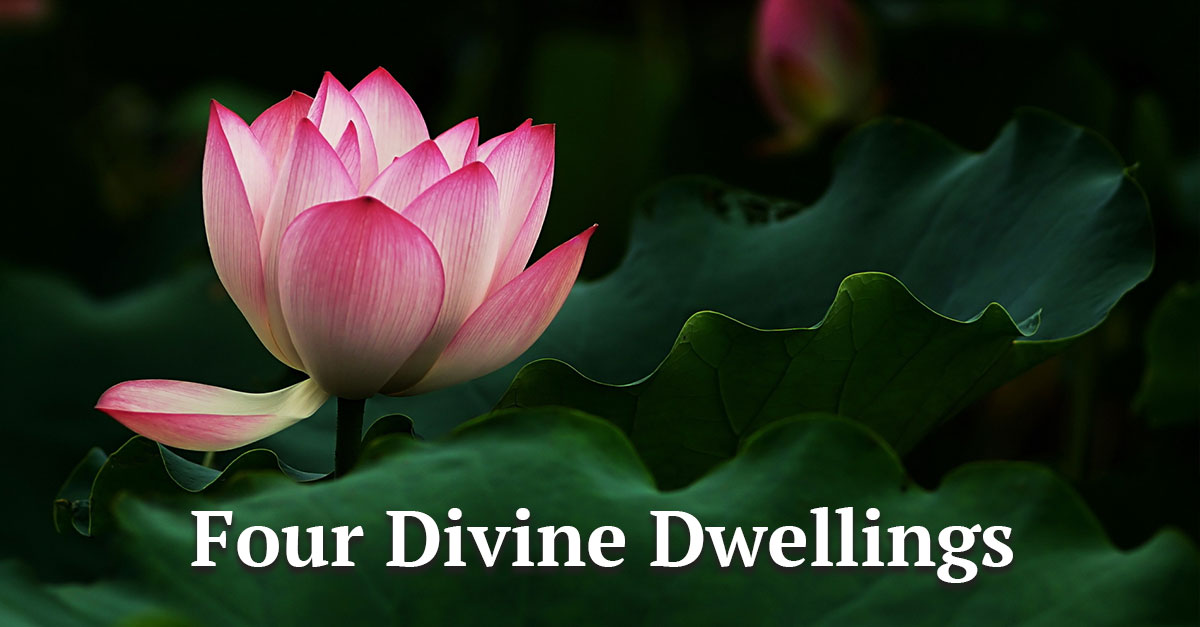
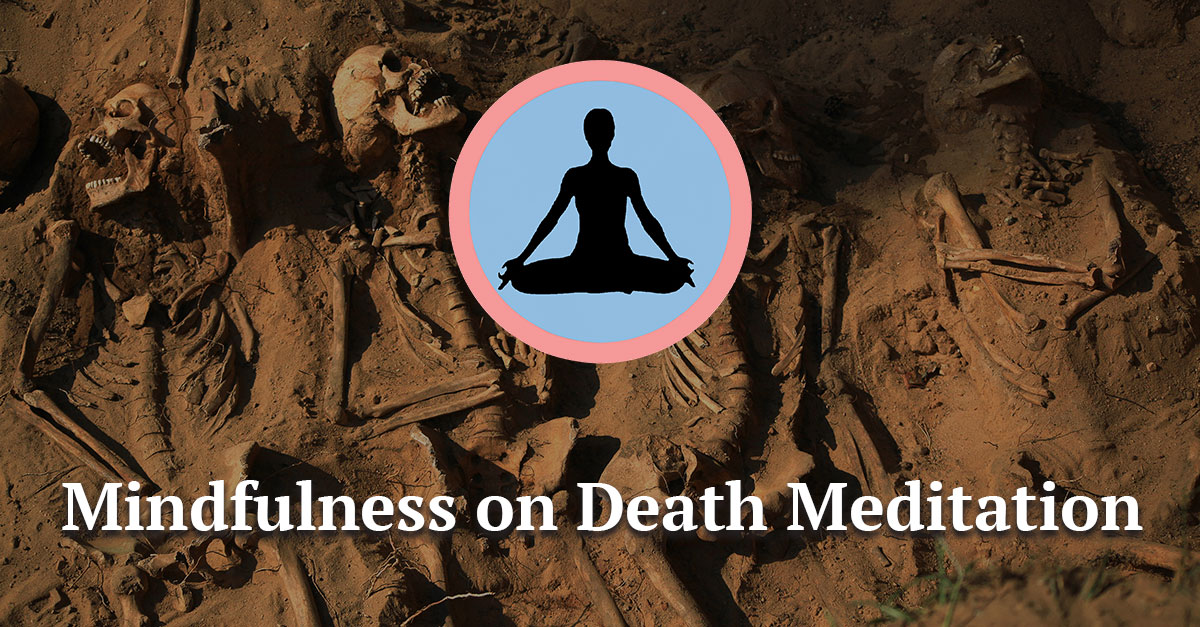

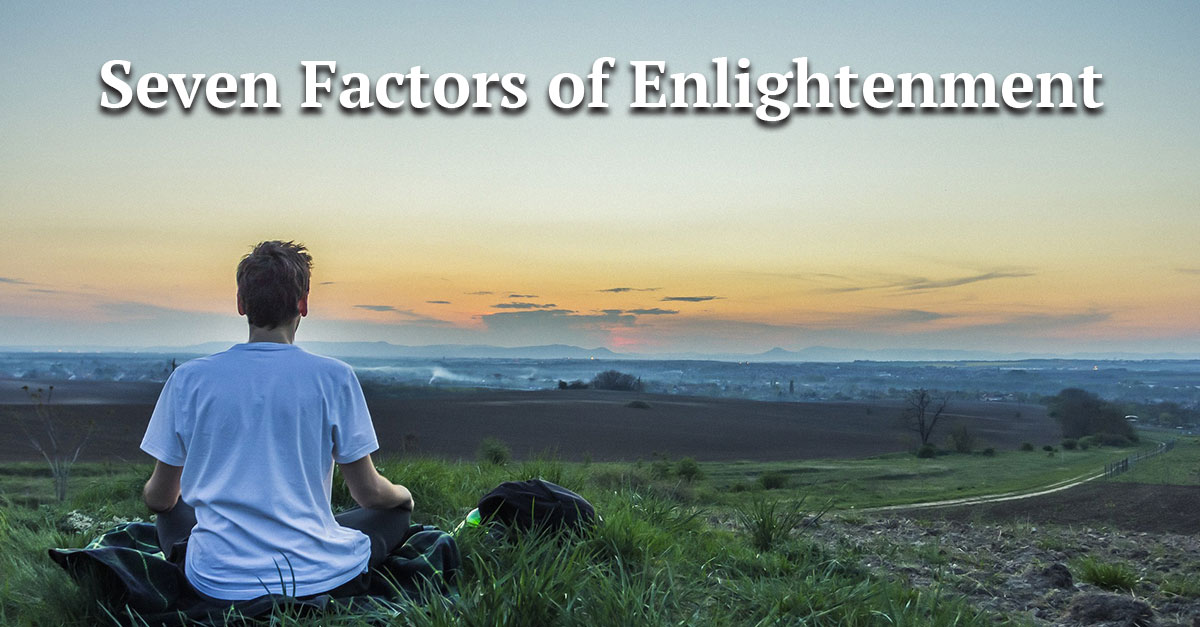
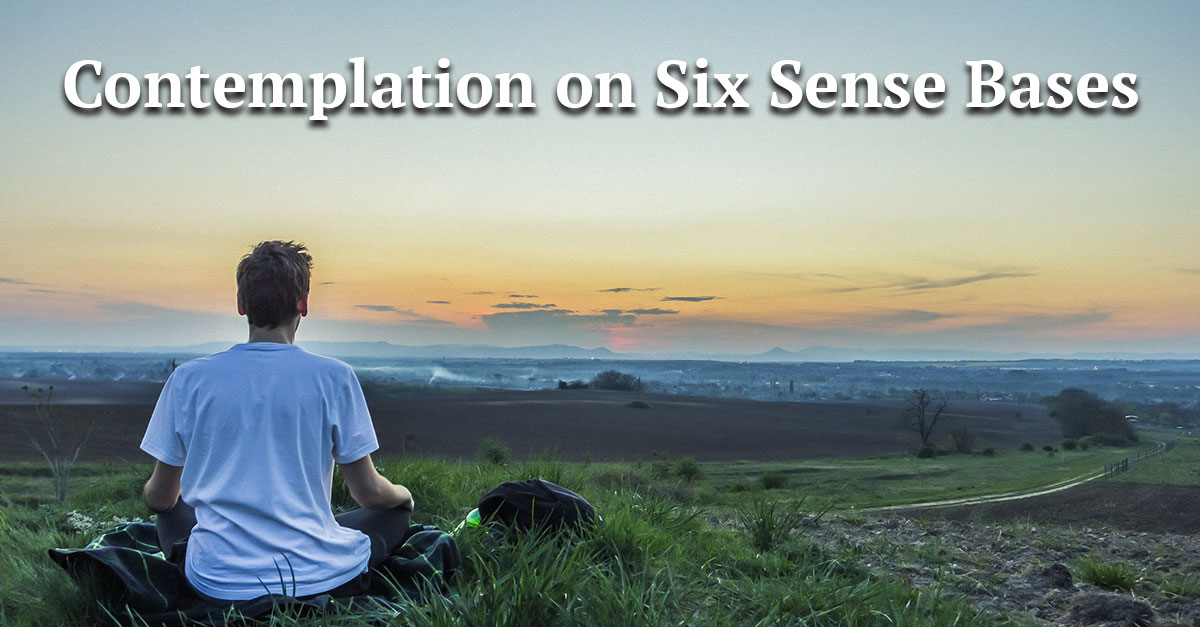

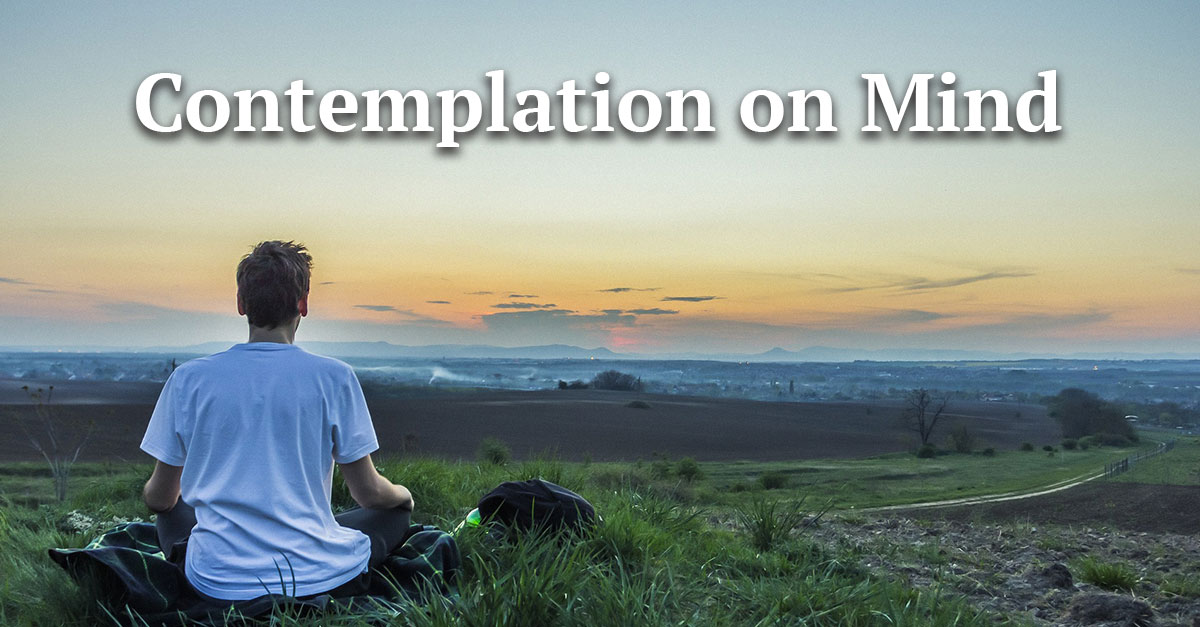

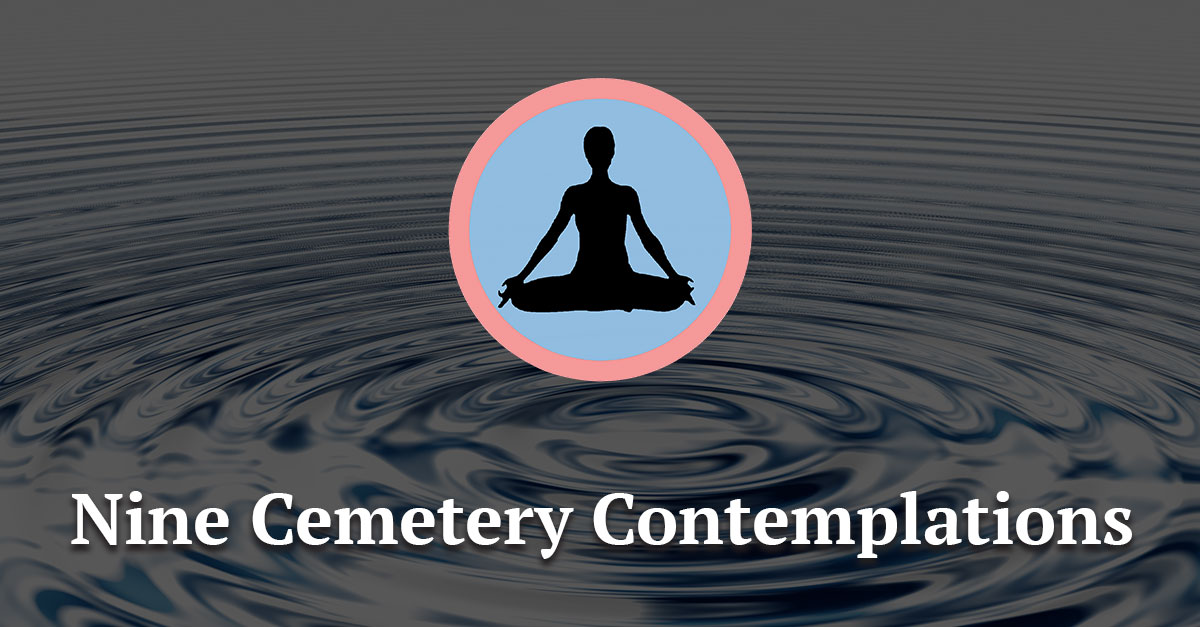
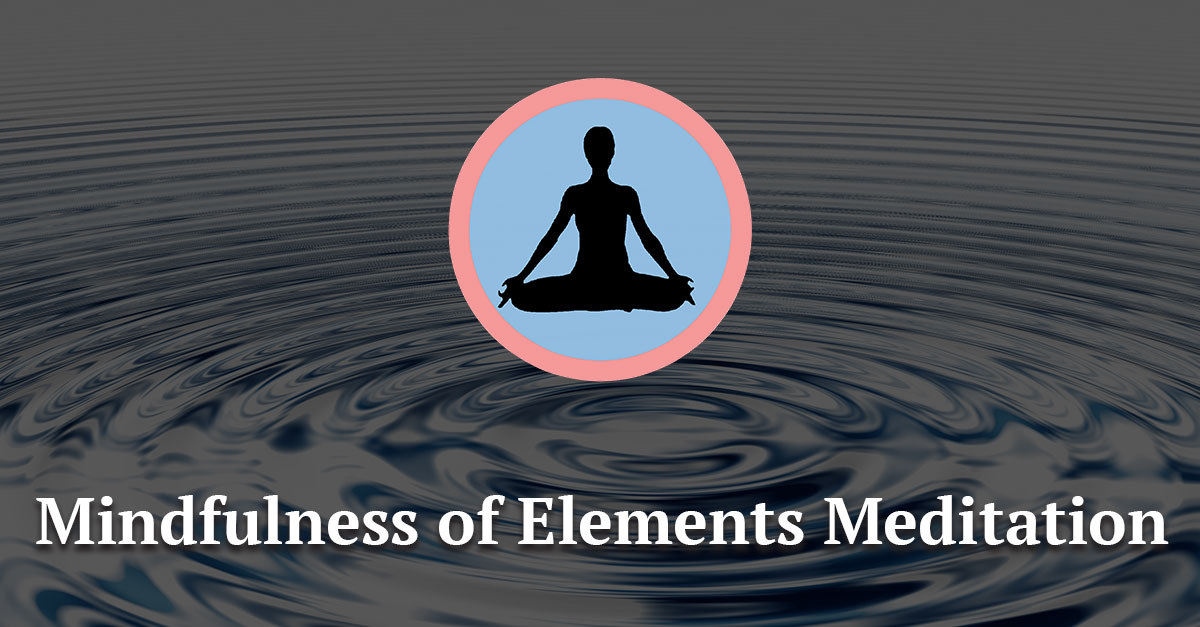
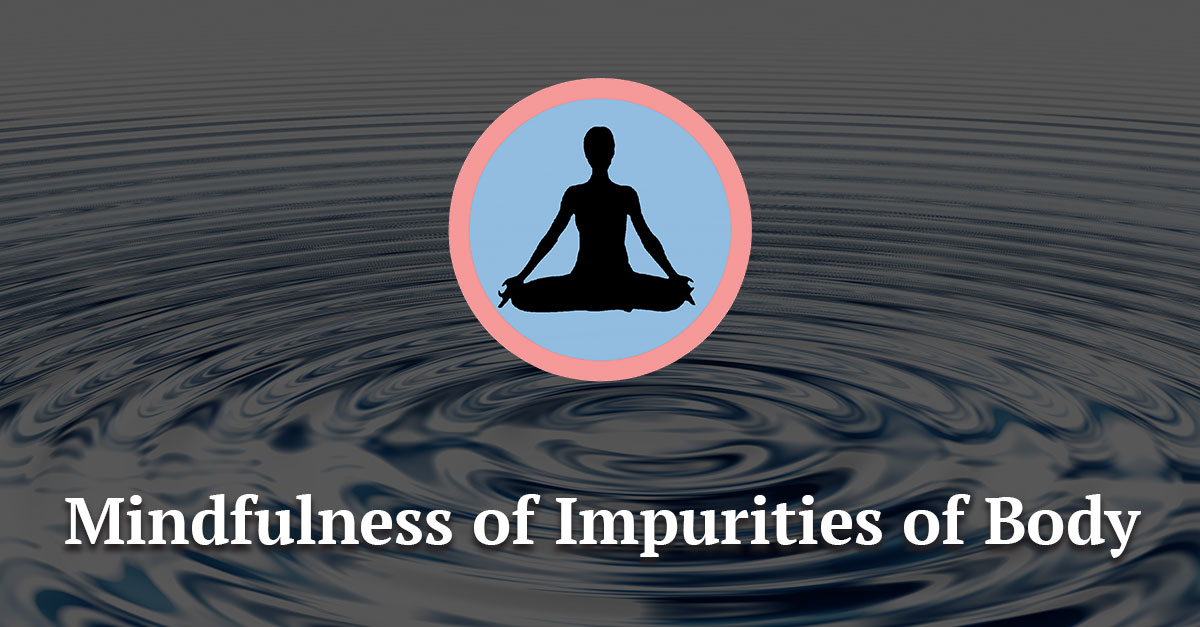
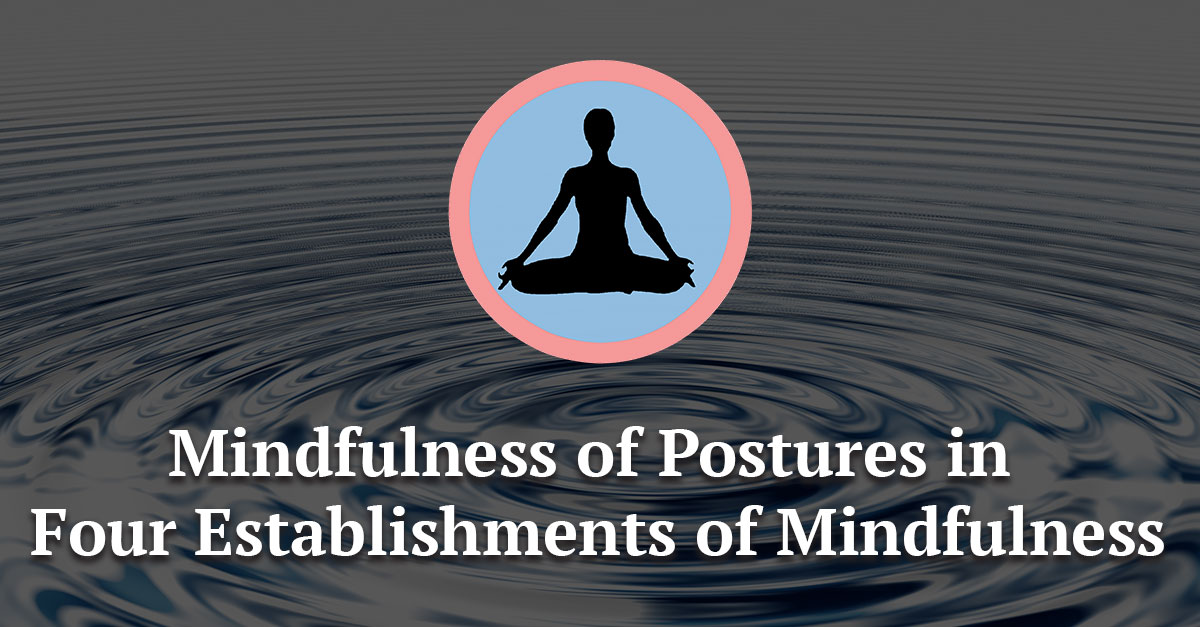
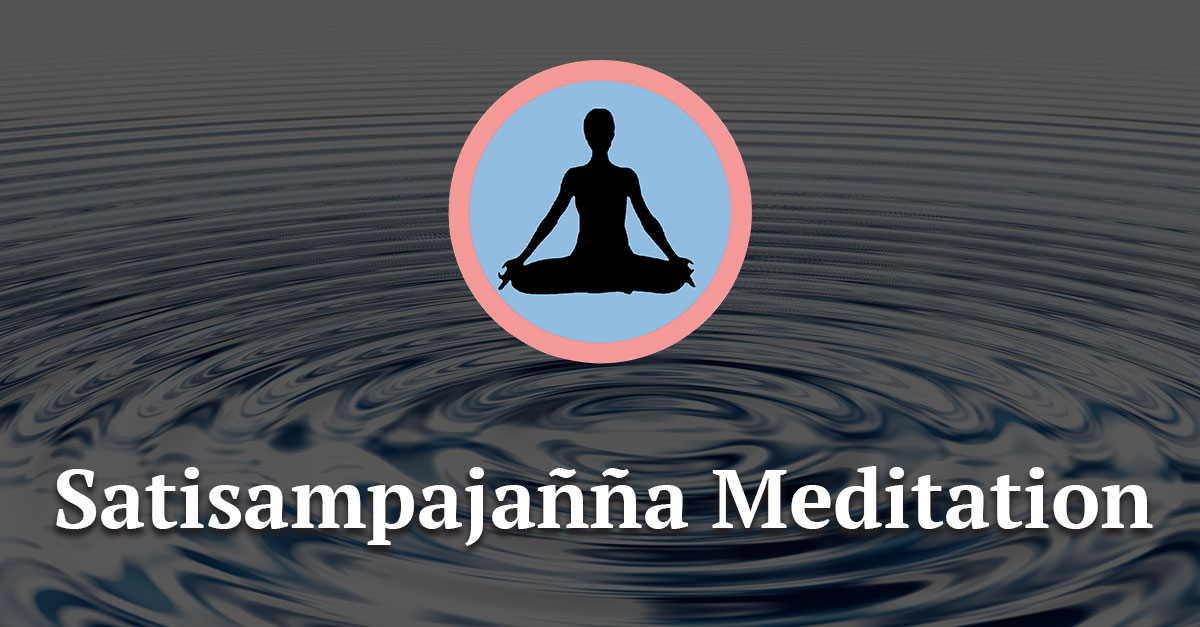
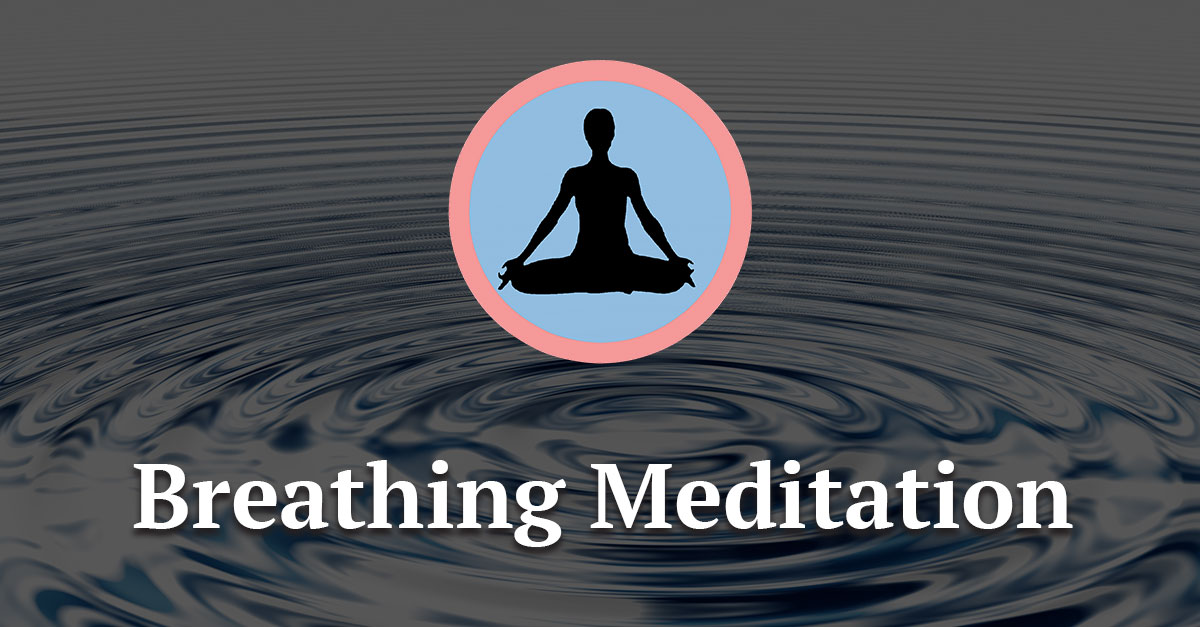
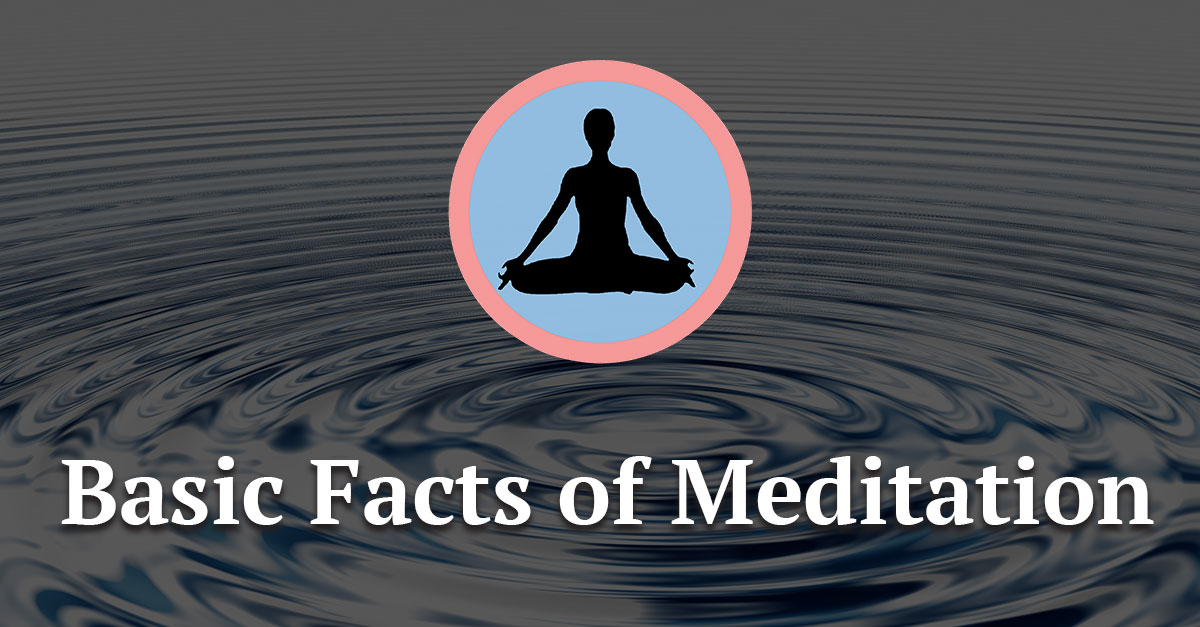
Leave A Comment